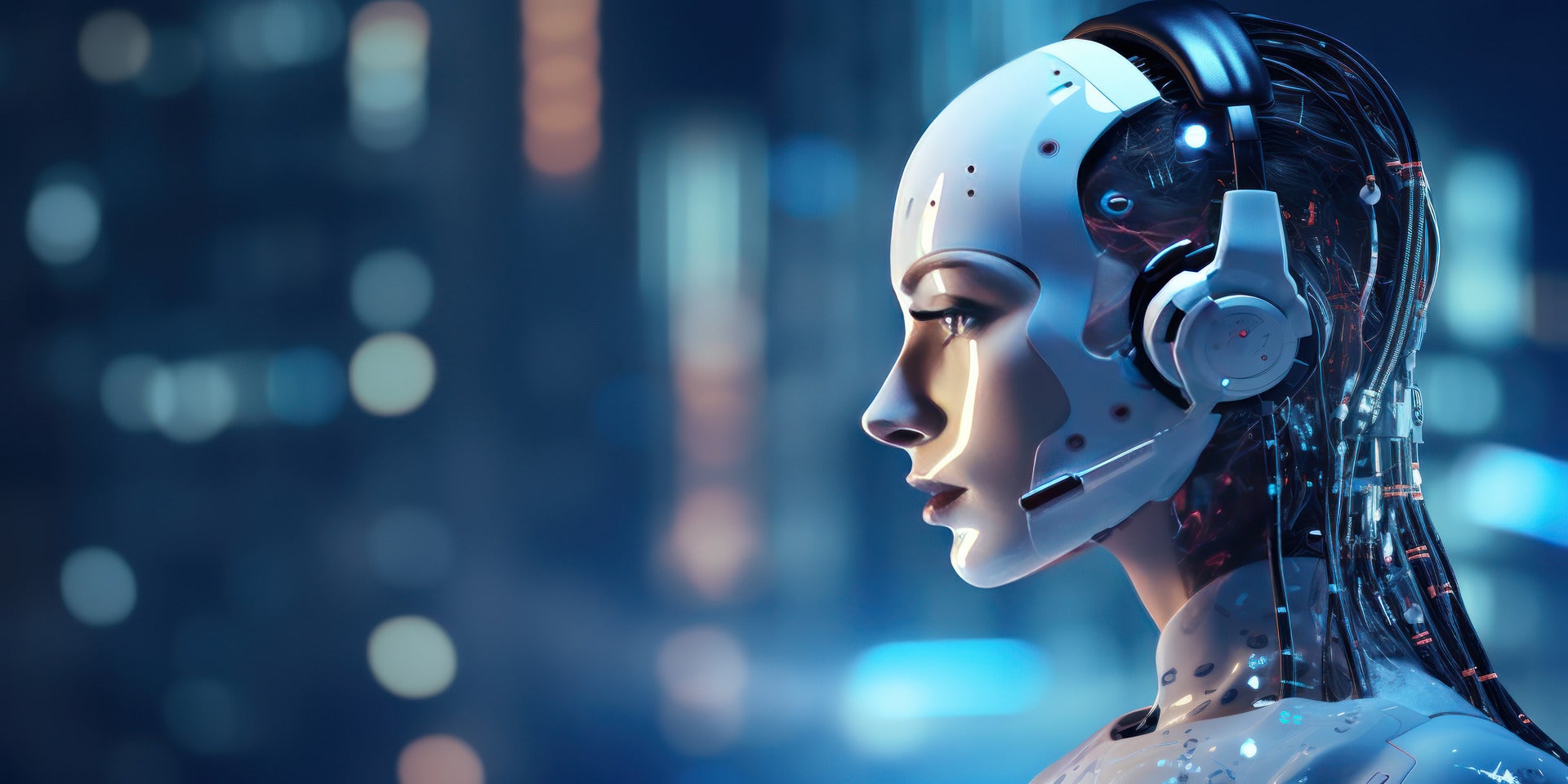The fashion industry, a world built on aesthetic intuition and tangible materials, is undergoing a seismic shift. For decades, the journey from a designer's sketch to a customer's closet has followed a predictable, costly, and time-consuming path: design, pattern-making, physical sampling, model casting, photoshoots, and finally, marketing. This entire process is fraught with logistical hurdles, immense costs, and a significant environmental footprint. But what if you could bypass the most expensive and wasteful steps entirely? What if you could see your design on a model, in a campaign-ready shot, just minutes after finalizing the concept?
Welcome to the new era of fashion, powered by artificial intelligence. We're not talking about simple filters or basic background removal. We're witnessing the rise of sophisticated ai image generator and ai image edit technologies that are democratizing design, streamlining e-commerce, and making the industry more sustainable. This revolution is allowing designers, marketers, and e-commerce brands to virtually "try on" clothes on models, creating stunning, realistic visuals without a single physical sample ever being produced.
The Traditional Workflow: A Story of Cost and Carbon
Let's first appreciate the problem AI is solving. For an independent designer or a burgeoning e-commerce store, launching a new collection is a high-stakes gamble. The traditional process looks something like this:
Design & Prototyping: A sketch is turned into a technical drawing, which is then used to create a physical sample. This first sample rarely fits perfectly. It requires multiple iterations, each one costing money for materials and labor.
Photoshoot Logistics: Once a sample is ready, the real expenses begin. You need to hire a photographer, a studio, models that fit your brand's image, a makeup artist, and a stylist. This can easily run into thousands, if not tens of thousands, of dollars for a single collection.
The Shoot: A full day (or more) is spent capturing the necessary shots. The hope is that the lighting, poses, and overall vibe match the brand's vision.
Post-Production: The selected images go through extensive editing—color correction, blemish removal, and other tweaks. This adds more time and cost.
Limited Versatility: After all that effort, you're left with a fixed set of images. If you want to show the same dress on a different model or in a different color, you have to do it all over again.
This workflow is not only expensive and slow but also incredibly wasteful. Countless samples end up in landfills, and the carbon footprint of photoshoots, including travel and energy consumption, is substantial. This is the friction that has held back creativity and agility in the fashion world for years.
The AI-Powered Revolution: Speed, Agility, and Creative Freedom
Now, imagine a new workflow. It starts with the same creative spark but leverages powerful AI tools to bring it to life instantly. This is where the landscape of ai design is fundamentally changing. Instead of physical samples, you use digital assets. Instead of expensive photoshoots, you use advanced AI models.
At the heart of this transformation are cutting-edge technologies that can understand and manipulate images with astonishing realism. The latest advancements, particularly the arrival of multimodal models like GPT-4o, have been a game-changer. GPT-4o can process and reason about text, audio, and images simultaneously. This means an AI tool can now better understand a designer’s intent, interpreting a text prompt ("place this floral pattern on the t-shirt") and executing it on an image with a deep contextual understanding of lighting, fabric drape, and human anatomy.
This powerful AI core is the engine behind specialized image editing models that are purpose-built for professional use cases. We're seeing the emergence of incredibly capable models such as Flux kontext Pro, which offers a level of precision and detail that moves beyond simple generative fills into the realm of photorealistic commercial art. It excels at intricate ai image edit tasks, ensuring that the final output meets the high standards of fashion and e-commerce.

A Practical Guide: Virtual Try-On for Your Brand
So, how does this work in practice? How can a designer or an e-commerce manager actually use this technology? The process is becoming remarkably intuitive, thanks to platforms that integrate these complex models into a user-friendly interface.
Let’s say you’re an e-commerce operator for a clothing brand. You have a new line of sweaters, but your budget for a new photoshoot is zero. You do, however, have existing photos of models from a previous campaign. This is where a tool like freebeat.ai becomes your secret weapon. By leveraging a suite of powerful AI models, it allows you to perform virtual try-ons with incredible ease.
The real magic happens with models designed for multi-image editing, like the Flux Kontext Max (Multi) model. The "(Multi)" isn't just a name; it signifies the ability to use multiple reference images to guide the edit. Here’s a step-by-step breakdown:
Select Your Base Image: Start with a high-quality image of a model. This could be from a past photoshoot or even an image created by an ai image generator. The key is a clear pose where the clothing is visible.
Provide Your Design: Upload an image of your new design. This doesn’t have to be a professionally shot photo. It can be a flat-lay image of the garment, a digital pattern, or even a 2D design file of your new t-shirt graphic.
Use the AI to Merge and Adapt: Using a tool powered by a model like Flux Kontext Max (Multi), you simply designate the area on the model you want to change (e.g., the shirt) and provide your new design as the reference. The AI does the heavy lifting. It doesn't just "copy-paste" the texture; it analyzes the lighting in the original photo, the folds and creases of the existing clothing, the model's body shape, and realistically "drapes" the new design onto the model. The result is a seamless, photorealistic image of the model wearing the new item.
For even more nuanced adjustments, a versatile model like Bagel Edit can be used for fine-tuning, giving you granular control over the final look. Whether you’re a designer wanting to see your creation come to life or an e-commerce manager creating product detail pages (详情图), this workflow is transformative. You can generate an entire catalog of a new collection on various models in a single afternoon, all from your desk.
The Rise of the AI Agent: Your Automated Creative Director
The technology is evolving beyond single-task commands. The next frontier is the ai agent—an intelligent system capable of understanding a broader goal and executing a multi-step workflow. Imagine telling an ai agent: "Generate a summer marketing campaign for our new sustainable linen shirt."
This future ai agent could:
Use an ai image generator to create a series of diverse, on-brand models in a beach setting.
Employ ai image edit functions, powered by models like Flux kontext Pro, to place the linen shirt onto each of these models, ensuring a perfect, realistic fit in every shot.
Automatically generate variations—showing the shirt in different colors or with slight design tweaks.
Even write the accompanying ai content for each image, creating unique product descriptions and social media captions tailored to different platforms.
While this fully autonomous vision is still emerging, platforms are already building the foundation. By integrating a suite of powerful, specialized models (GPT-4o for understanding, Flux Kontext Max (Multi) for complex edits, etc.) into a cohesive workflow, tools like freebeat.ai are the precursors to these powerful AI agents. They are turning a series of complex, individual tasks into a fluid, streamlined creative process.

The Broader Impact: A More Sustainable and Inclusive Industry
The implications of this technology extend far beyond efficiency. It has the potential to solve some of the fashion industry's most persistent problems.
Sustainability: Virtual try-on drastically reduces the need for physical samples, cutting down on textile waste and the carbon emissions associated with shipping and photoshoots. Brands can test dozens of designs digitally before committing to producing a single item.
Inclusivity and Diversity: One of the biggest logistical challenges of photoshoots is casting a diverse range of models. With AI, you can showcase your designs on an infinite variety of body types, skin tones, and ages, ensuring your brand resonates with a broader audience. This isn't just a "nice to have"; it's a commercial imperative.
Democratization of Creativity: For too long, high-quality visual marketing has been the exclusive domain of brands with deep pockets. AI-powered tools level the playing field. Now, an independent designer in their bedroom has access to the same-caliber visual creation tools as a global fashion house, allowing the best designs to win, not just the biggest budgets.
Conclusion: The Future of Fashion is Virtual
The convergence of powerful AI, exemplified by the reasoning of GPT-4o and the specialized execution of models like Flux kontext Pro, is not just an incremental improvement. It is a paradigm shift. We are moving from a world of physical limitations to one of digital possibility.
For designers, it means unlimited creative experimentation. For e-commerce brands, it means unprecedented agility and a richer, more diverse way to present products. For the consumer, it promises a future of greater personalization and choice. The ability to swap garments on a model, generate entire campaigns from a few digital assets, and produce high-quality ai content on demand is here now. The era of the AI-assisted designer and the digital-first fashion brand has arrived. The only question left is: are you ready to try it on?


